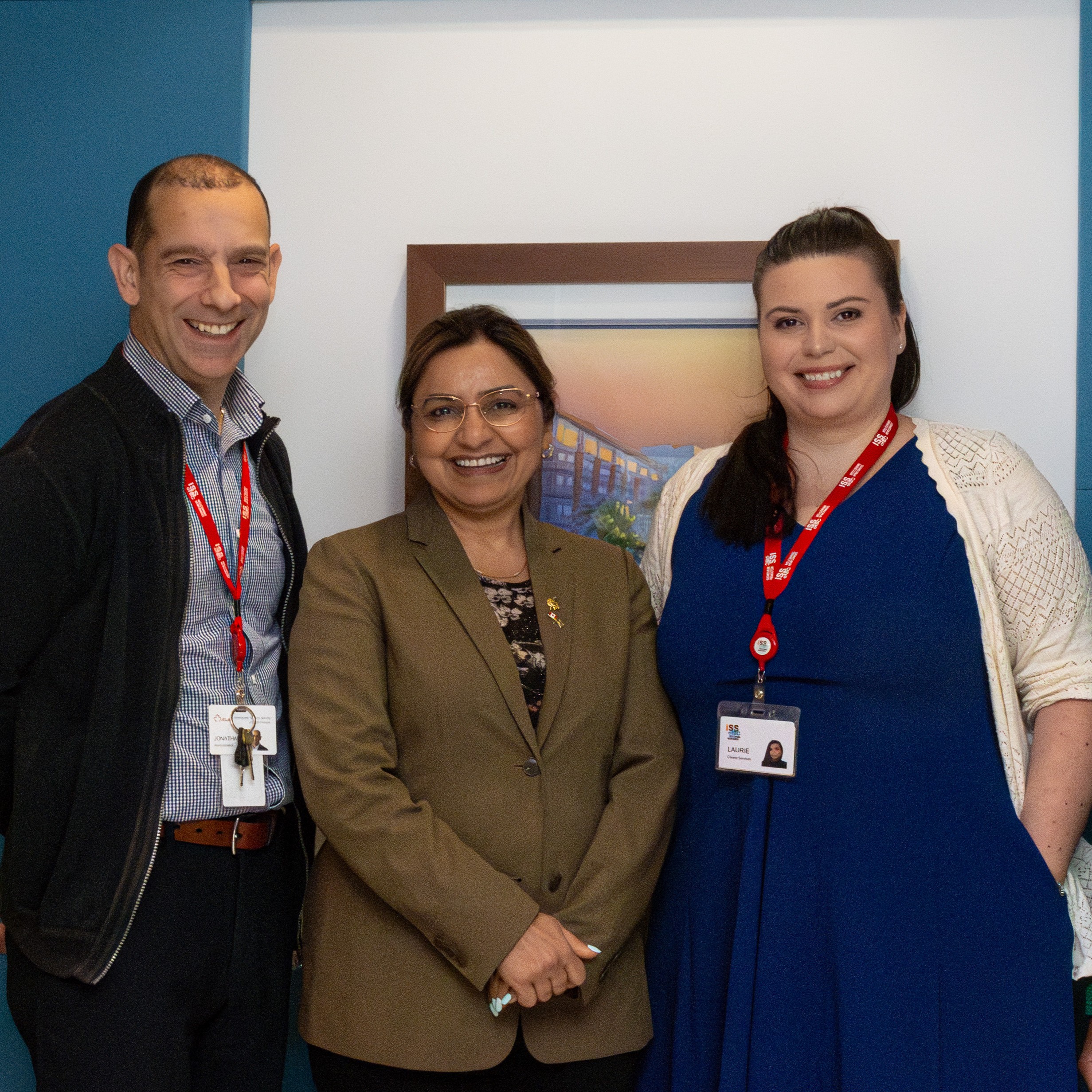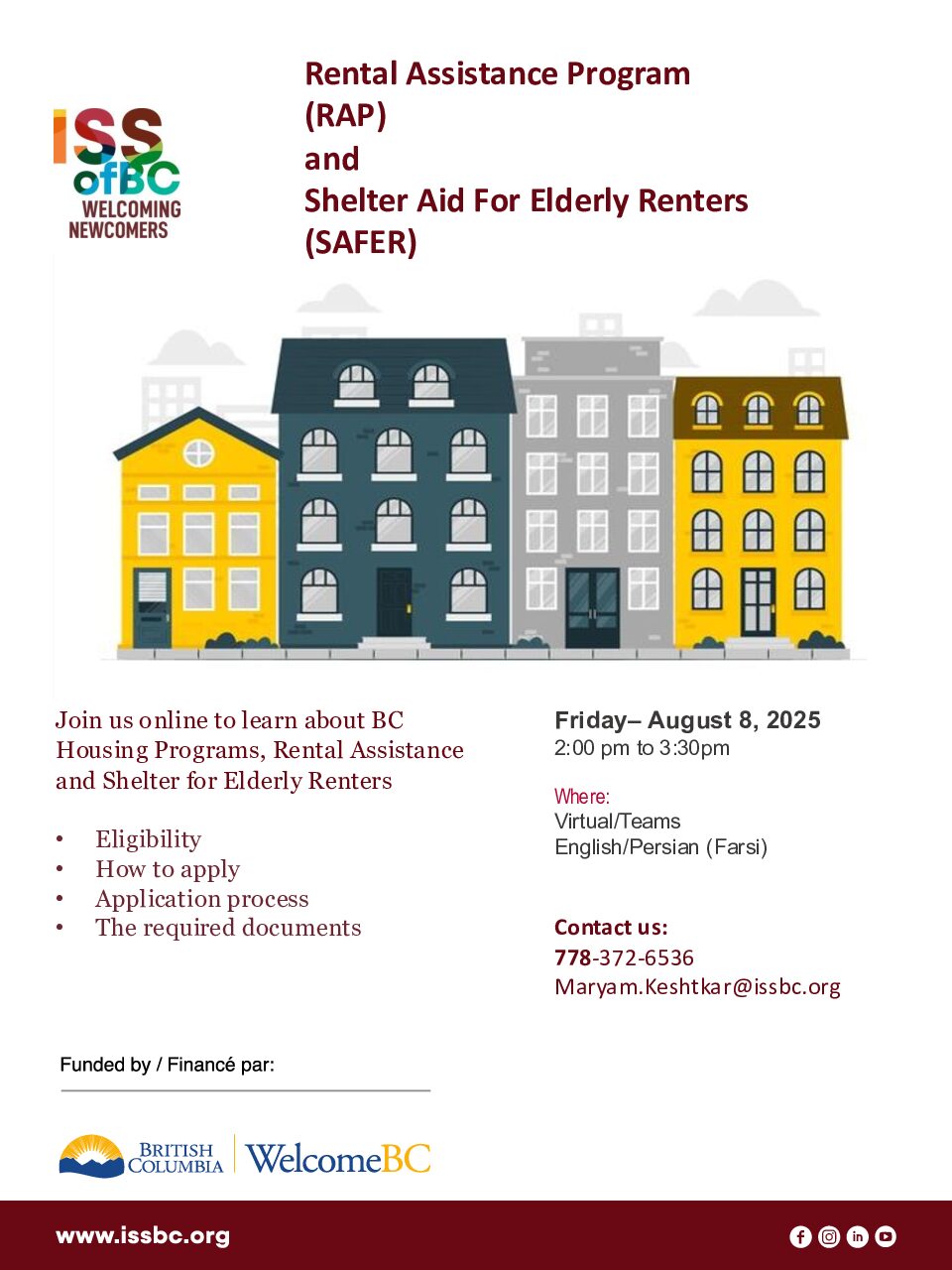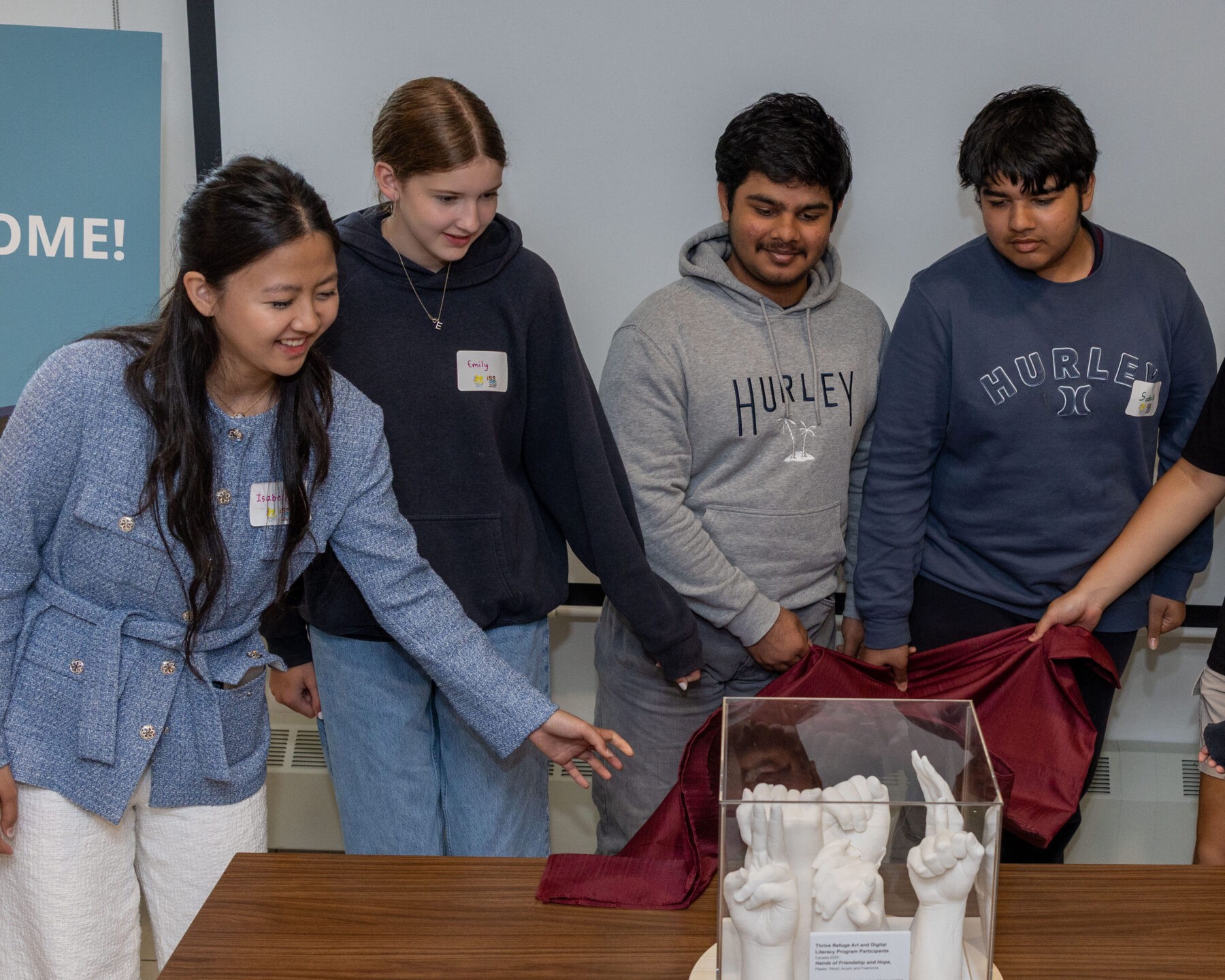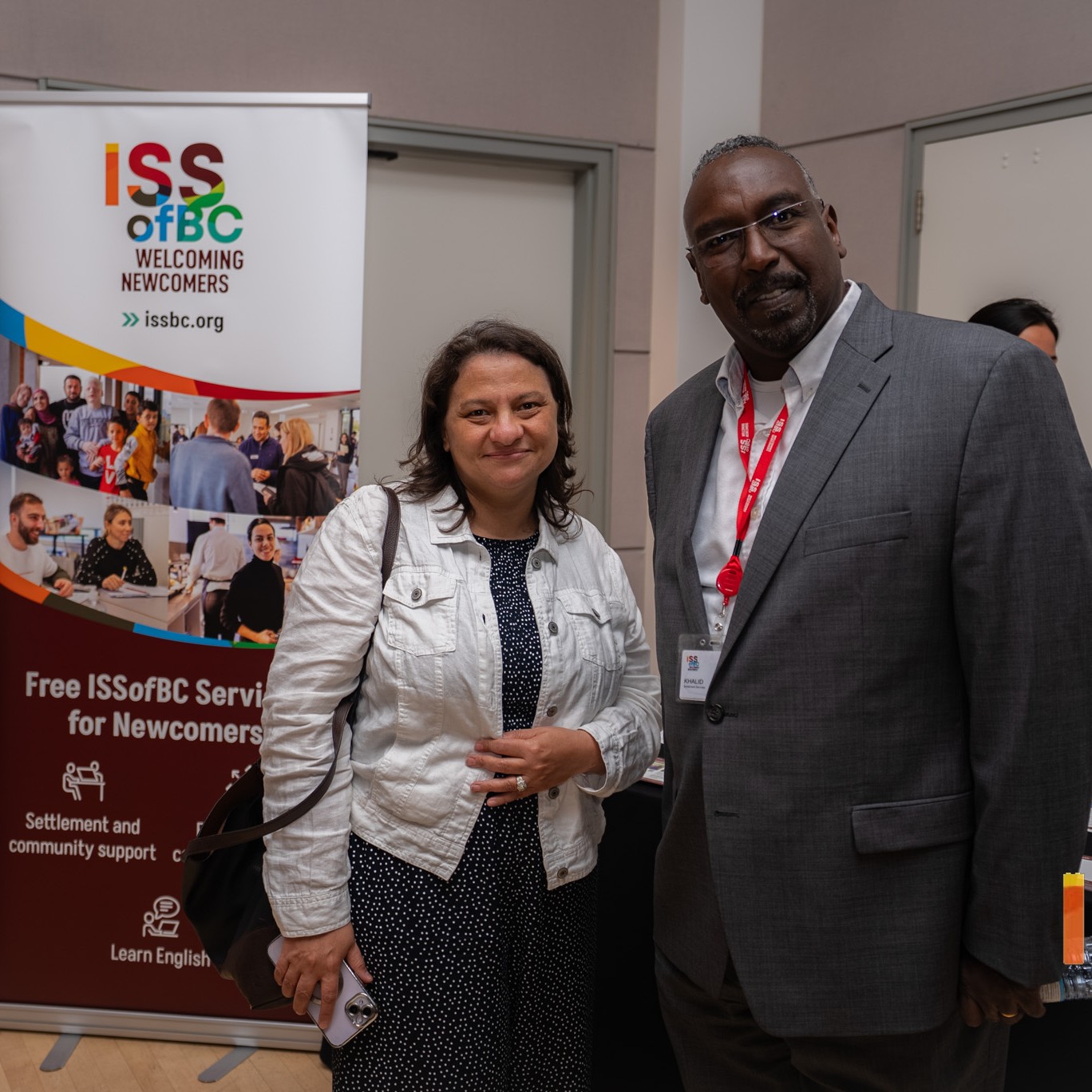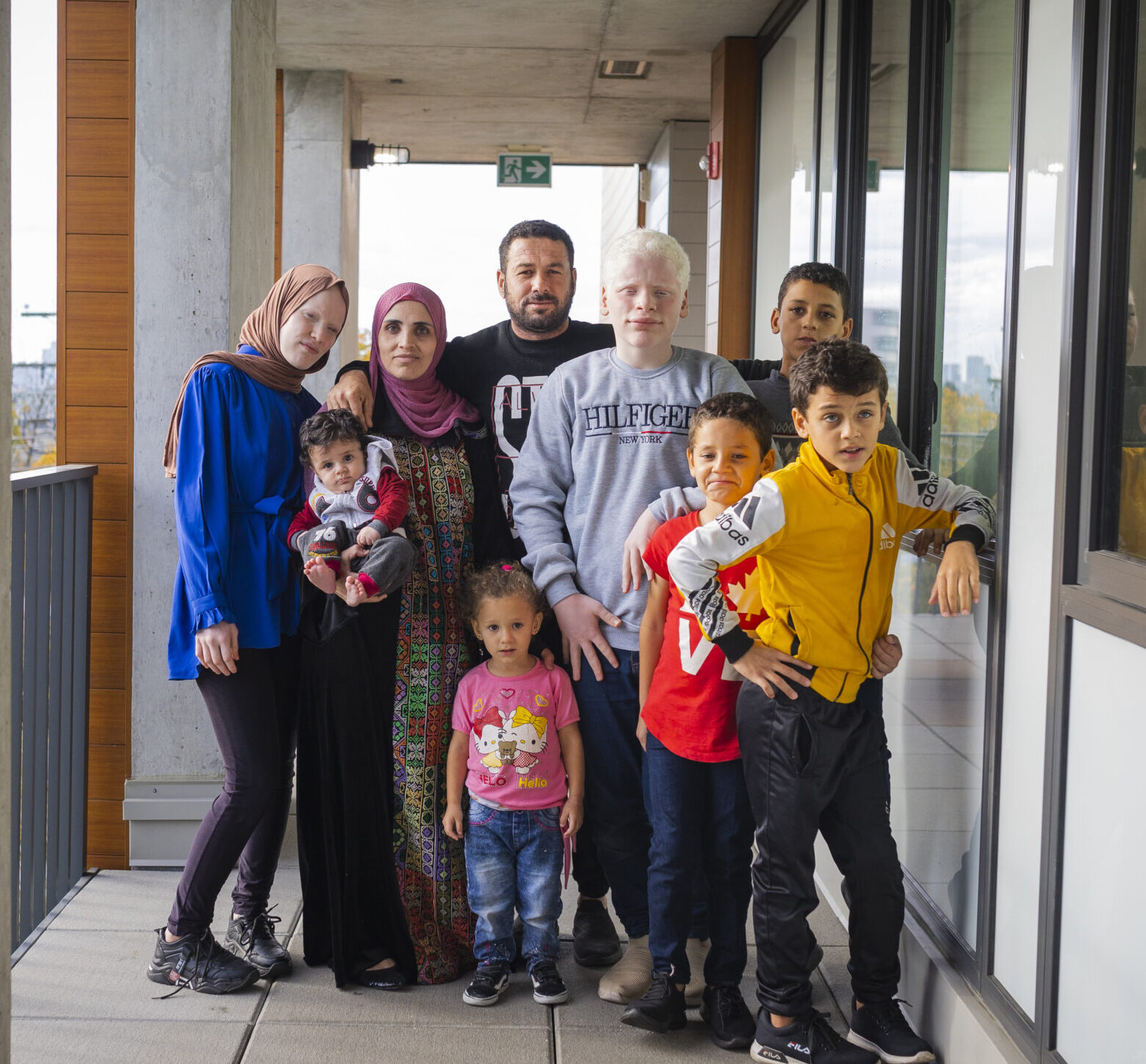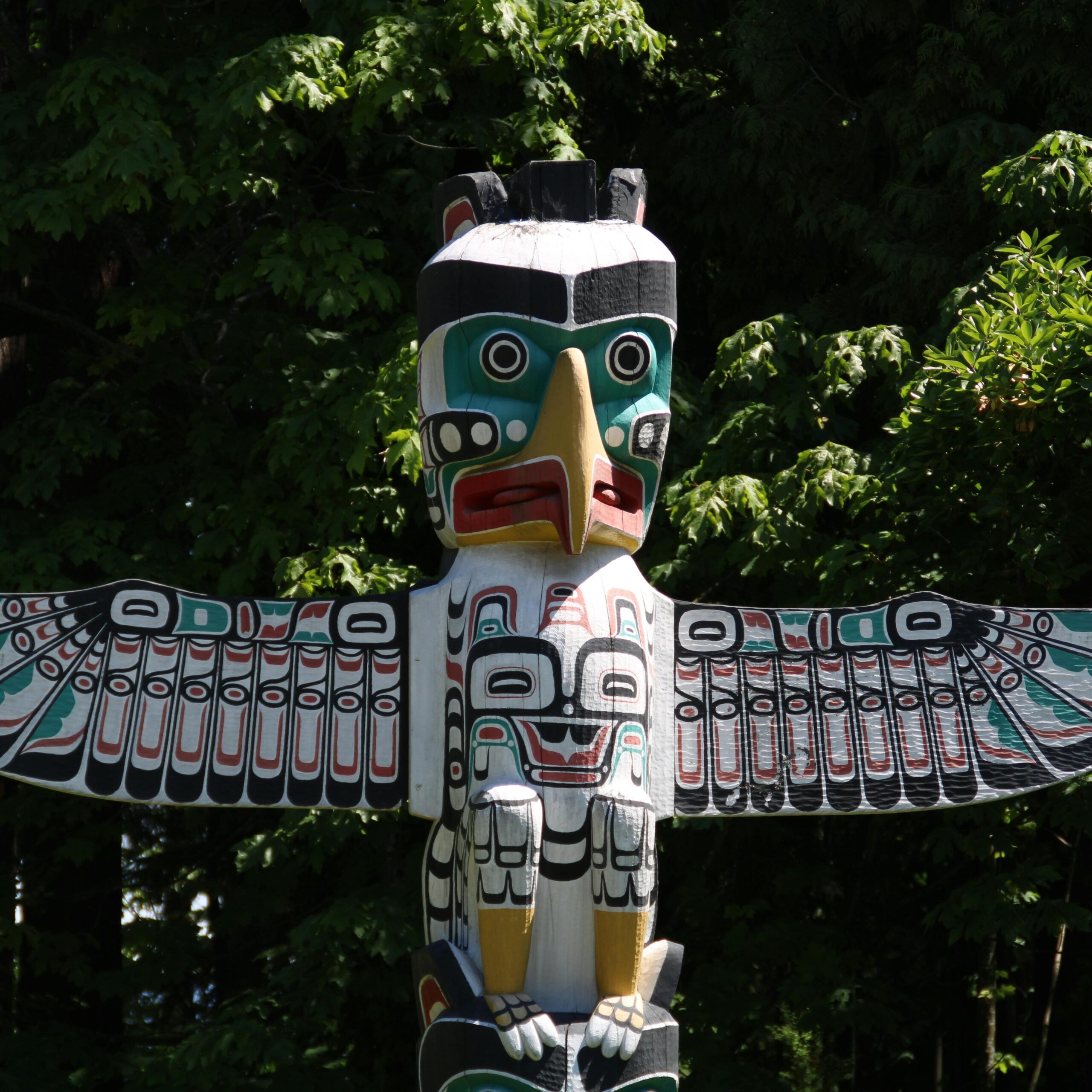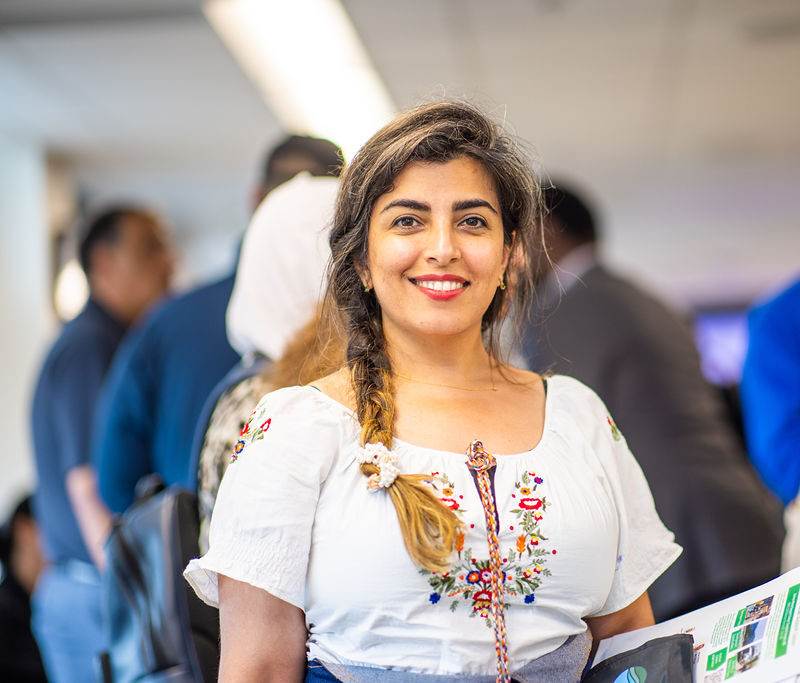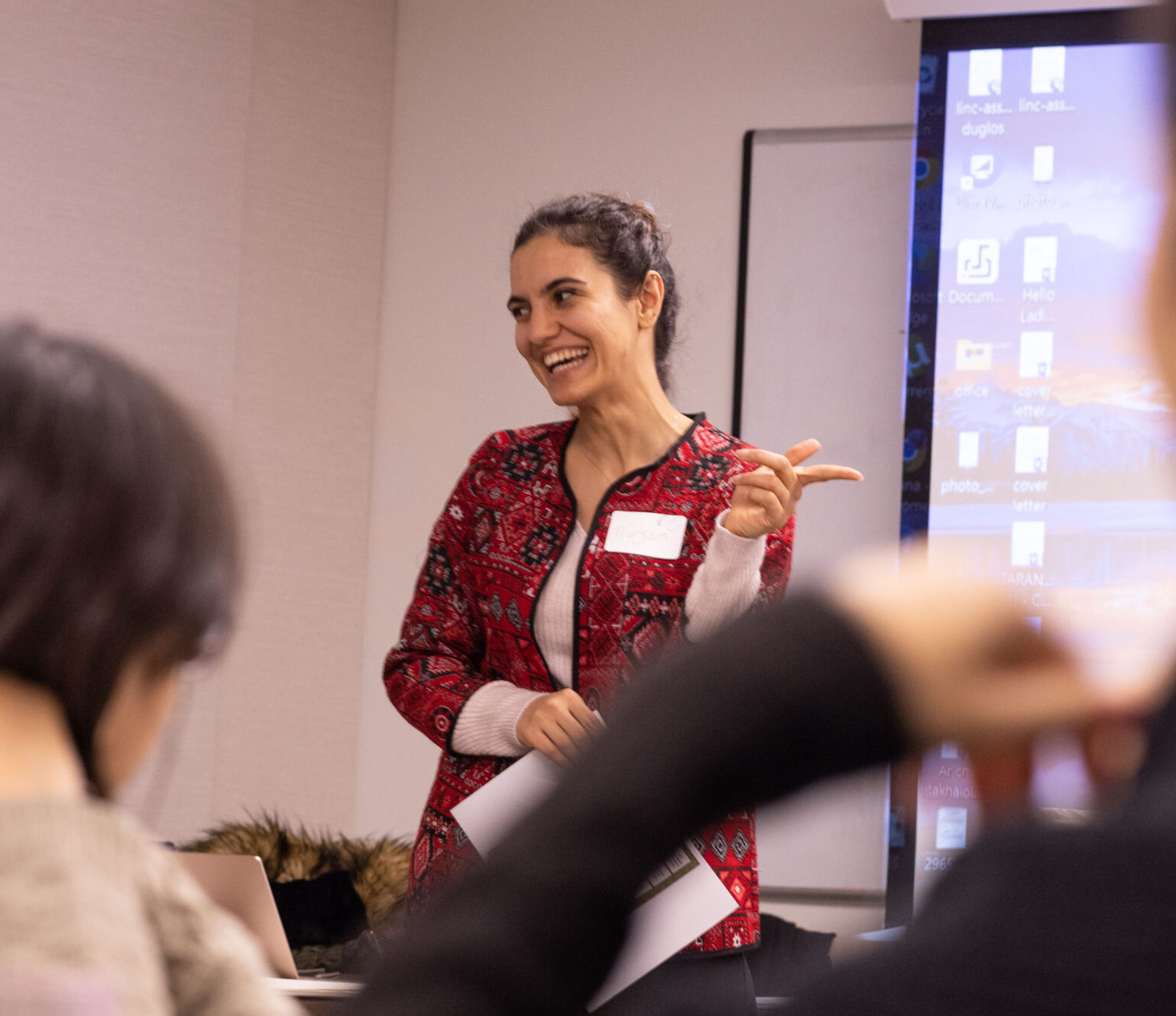What’s New?
Here are the latest news, stories from clients and staff, partner and policy updates, tools, tips, and more for you as a newcomer.
-
Is BC’s International Credential Recognition Act working for newcomers?
Sunita Dhir, BC’s Parliamentary Secretary for International Credentials, visited our Victoria Drive Welcome Centre in early July 2025 to discuss how British Columbia’s International Credential Recognition Act (ICRA) is impacting newcomers and their ability to restart their careers in the province.

